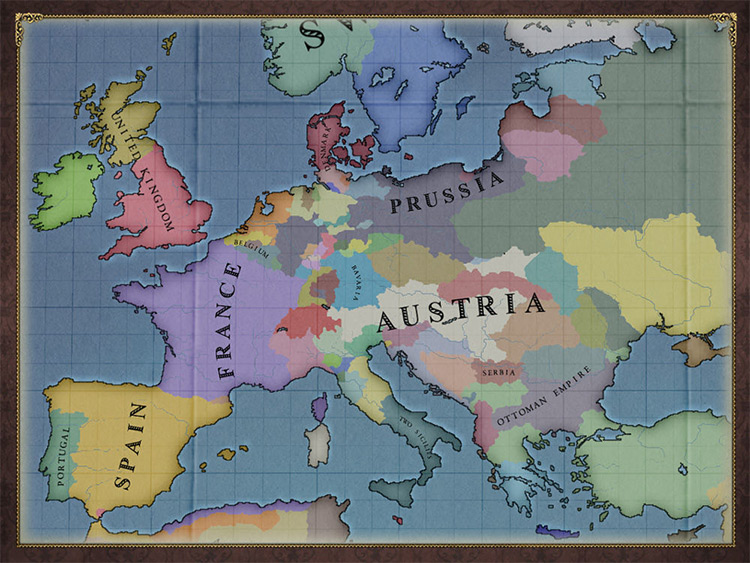
The manager of Coranderrk travelled around the Indigenous communities removing `neglected' children for the school although he had no lawful power to do so until 1869. A school was constructed on the Coranderrk reserve with separate living quarters for the children. By 1867 it was managing reserves at Framlingham and Coranderrk, had indirect control of a number of missions which received some government assistance and administered a number of small reserves and ration depots. The Board was given the task of overseeing the establishment of reserves to which Aboriginal people were to be confined. The census indicated that at that time they numbered about 2,341 (McLean 1957 page 4). Tuberculosis and other diseases were rife, and the early extinction of the race was freely predicted. Torn from their way of life by advancing settlement, they lived under wretched conditions, drunkenness, prostitution, and begging being apparently almost universal. disclosed a state of affairs almost everywhere which could only be described as appalling. In 1860 a `Central Board Appointed to Watch over the Interests of Aborigines', the first of its kind in Australia, was appointed to consider how the government should deal with its Indigenous population. Protectors and missionaries alike had Aboriginal `orphans' living with them. From 1837 missions established schools, attempting to wean the children away from `tribal influences'. These were mainly controlled by missions.īetween 18 Victoria was the site of an unsuccessful `Protectorate' experiment in which government appointed protectors attempted to persuade Indigenous people to `settle down to a life of farming' (Rowley 1970 page 56).

Segregation 1835-1886įrom 1835, when the European occupation of Victoria commenced, until the 1880s government policy was one of segregation of Indigenous people on reserves.

Some of these placements may have led to the granting of an adoption order with parents' consents being dispensed with on the ground of whereabouts unknown, particularly as there was no restriction prior to the 1964 legislation as to who could arrange adoptions (Adoption Legislation Review Committee Report 1983 page 59). Some children placed informally, were passed from one foster home to another, names were changed and the child's whereabouts `lost' to their parents and unknown to welfare authorities. Informal and formal foster care arrangements and holiday placements supposedly for a temporary period, were frequently the beginning of a permanent separation of Aboriginal children from their family and community.


 0 kommentar(er)
0 kommentar(er)
